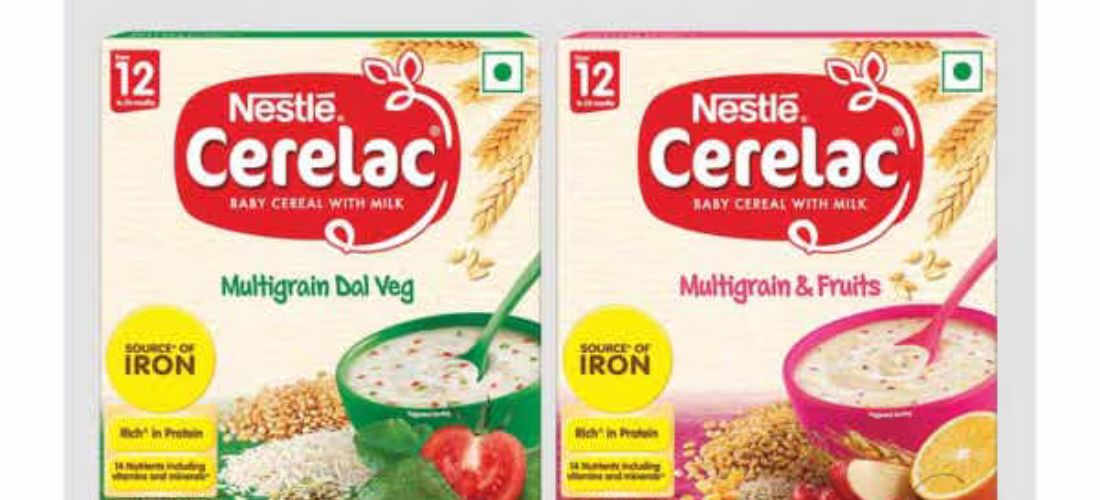A recent study by Swiss investigative organization Public Eye has revealed that Cerelac, Nestle’s popular baby cereal in developing countries like India, contains added sugar in excess of World Health Organization (WHO) guidelines. This raises concerns about the nutritional quality of these products marketed towards babies.
High Sugar Content in Asian Cerelac
The investigation found significant discrepancies in the sugar content in Nestle Cerelac sold in Asia, Africa, and Latin America compared to Cerelac sold in Europe. For example, in India, Nestle cerelac contains an average of 3 grams of added sugar per serving, while in the Philippines some products contain up to 7.3 grams, equivalent to one sugar cube.
Nestle Cerelac Claims Sugar Reduction
Nestlé India says they have reduced added sugar in their infant cereals by 30% over the last five years and are continuously “reviewing” and “reformulating” products for further reductions. They emphasize the use of high-quality ingredients and the nutritional value of their products.
Also Read: Old Age Homes in India
Double Standards and Global Petition
Public Eye argues that Nestlé takes advantage of lax regulations in developing countries to sell these sugary products. The WHO has condemned this “double standard”, highlighting the potential health risks for babies. The investigating organization, along with the International Baby Food Action Network, is petitioning Nestlé to eliminate added sugar from all baby and toddler products globally.
This controversy underlines the importance of strict regulations and consumer awareness regarding sugar content in baby foods, especially in developing countries.




